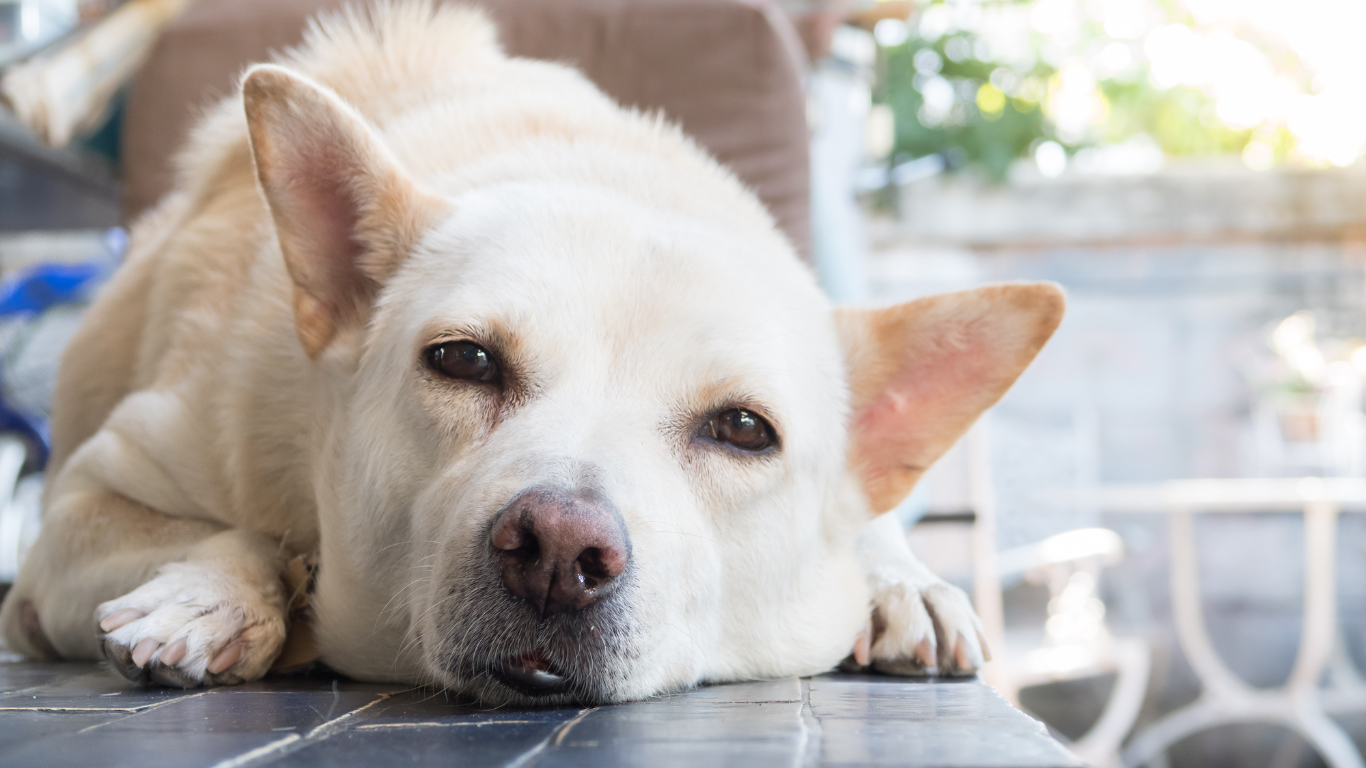
The thyroid gland produces thyroid hormones, which, as important messenger substances and components of the hormonal control circuit, control almost all important body functions. Hypothyroidism, i.e. underactive thyroid, is one of the most common endocrine diseases in dogs. It is a hormonal disorder in which the thyroid is unable to produce sufficient amounts of the hormone thyroxine.
Medium to large dogs in particular are affected. Young dogs are rarely affected, and middle-aged to old dogs are often affected. It affects both male and female animals.
Cause of hypothyroidism
95% of the time it is a primary disease, i.e. originating from the thyroid gland.
There is either an autoimmune inflammation of the thyroid (thyroiditis) or a so-called idiopathic atrophy of the thyroid (regression).
Symptoms of hypothyroidism
- Cardiovascular: low heart rate
- Skin and hair: hair loss, thinning coat, poor undercoat, seborrhea, increased skin pigmentation, ear infection, overall inflammatory skin
- Metabolism: Weight gain without increased appetite, lethargy, sensitivity to cold
- Poor performance
- Behavior: aggression, anxiety disorder
Diagnosis of hypothyroidism
As part of a regular check-up, the low thyroxine level (T4) can be easily detected in the blood. If hypothyroidism is not detected during a routine examination, the above-mentioned symptoms and a trip to the vet can also lead to a diagnosis through a blood test.
Therapy of hypothyroidism
Medications such as cortisone, painkillers or antibiotics as well as other illnesses can also lower the thyroxine level. Therefore, a thorough anamnesis and examination of the dog is very important before therapy.
Therapy in dogs usually involves administering a synthetic thyroxine preparation twice daily. Regular T4 checks in the dog's blood show whether the dog is well adjusted to his medication.
Prognosis of hypothyroidism
The prognosis for dogs with hypothyroidism is good as long as treatment and monitoring is carried out regularly and diligently. If the dog is properly medicated, he can lead a normal life.










